Born in Camprodón, Gerona, May 29, 1860
Died in Cambo-les-Bains, May 18, 1909
[EE-sak al-BAY-neeth (subtle on the “th” sound 😉) / Spanish pronunciation]
Learn More
Short biography

Born in Camprodón, Gerona, May 29, 1860
Died in Cambo-les-Bains, May 18, 1909
[EE-sak al-BAY-neeth (subtle on the “th” sound 😉) / Spanish pronunciation]
Learn More
Short biography
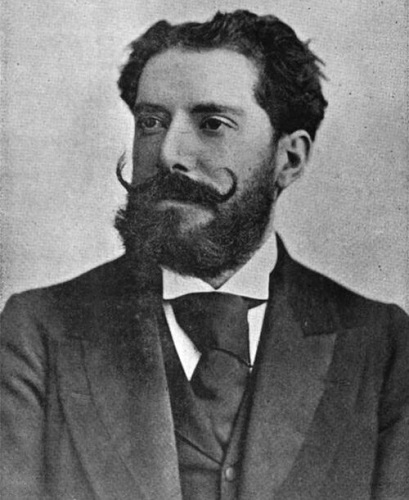
Born in Madrid, Dec 24, 1863
Died in San Sebastián, Jun 2, 1939
Learn More
Biography via EnriqueFernándezArbós.com
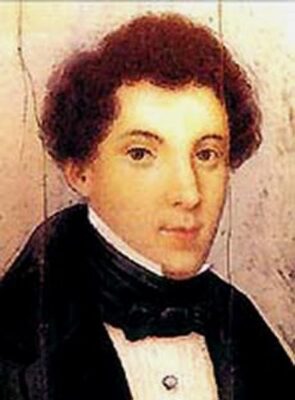
Born in Bilbao, Jan 27, 1806
Died in Paris, Jan 17, 1826
The Mozart Connection
Learn More
Short biography from Wise Music Classical
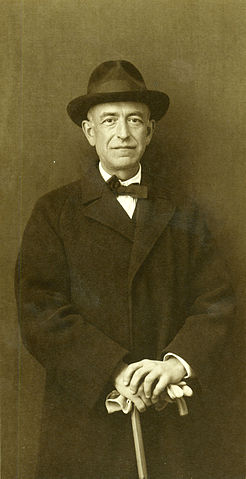
Born in Cádiz, Nov 23, 1876
Died in Alta Gracia, Argentina, Nov 14, 1946
Born in Prades, c.1481
Died in Poblet, c.1553
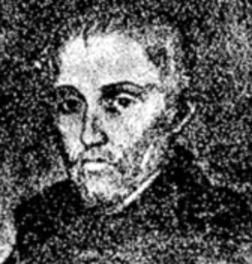
Died (probably) in Madrid after 1733.1
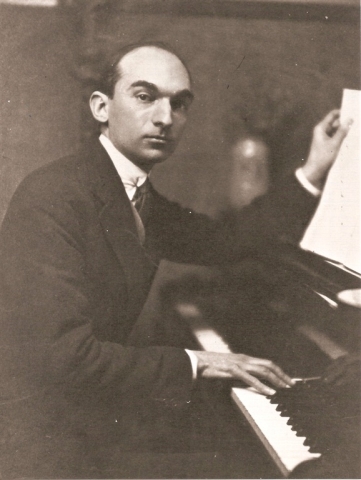
Born in Barcelona, 16 April, 1893
Died in Barcelona, 30 June, 1987
[“mum-POW” / PRONUNCIATION]
“The best word is the unspoken word, as all know I am a man of few words and composer of few notes… Music is written for the inexpressible, it should seem to come out of the shadow in order to move back in to the shadow.”8

Born in Sagunto, Nov 22, 1901
Died in Madrid, July 6, 1999
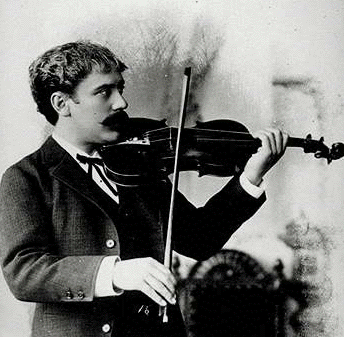
Born in Pamplona, March 10, 1844
Died in Biarritz, Sept 20, 1908
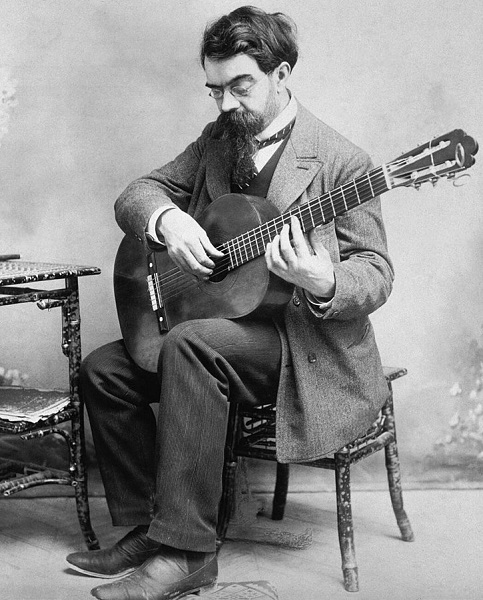
Born in Villarreal, Castellón, Nov 21, 1852
Died in Barcelona, Dec 15, 1909
[Pronunciation; stress the first syllable of “Tárrega”]
Learn More
Biography via the Philadelphia Chamber Music Society
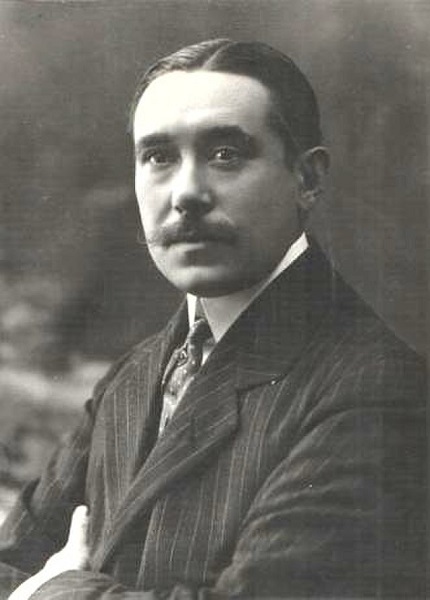
Born in Seville, Dec 9, 1882
Died in Madrid, Jan 14, 1949
Learn More
Biography from Hyperion Records
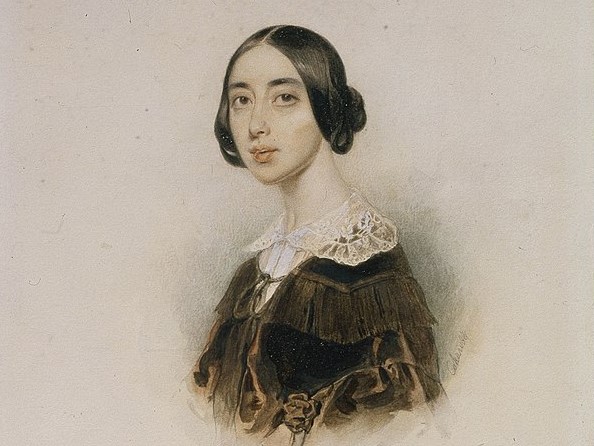
Born in Paris, July 18, 1821
DiBorn in Paris, July 18, 1821
Died in Paris, May 18, 1910
Biography from Christin Heitmann, cataloger of Viardot’s works (Viardot Werkverzeichnis or VWV)
ACP Arts Blog post on Pauline Viardot-Garcìa
ACP Arts Blog post on Maria Malibran